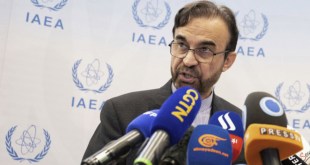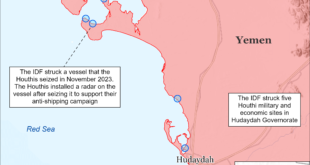 TEHRAN (Fars News Agency)- The Archaeological Research Center of Iran (ARCI) has asked Oxford University to precisely date the transition from the Bronze Age to the Iron Age in Iran.
TEHRAN (Fars News Agency)- The Archaeological Research Center of Iran (ARCI) has asked Oxford University to precisely date the transition from the Bronze Age to the Iron Age in Iran.
“ARCI plans to send cultural and organic materials to the university for physical chemistry studies like radiocarbon, potassium-argon, and thermoluminescence dating of the Iranian prehistoric sites, particularly the transition from the Bronze Age to the Iron Age,” project official Mehrdad Malkzadeh said according to the Persian service of CHN.
The Iron Age is comprised of three periods based on the style of pottery works, he explained.
“Iron Age I is concurrent with the cultural horizon of old western grey pottery, which is estimated to date back to 1500-1250 BC.
“Dating back to about 1250-850 BC, Iron Age II is concurrent with the cultural era of new western grey pottery, and Iron Age III is contemporary with new western buff pottery of 850-550 BC.
“Most archaeologists believe that Iron Age III is concurrent with the Medes and after them, the Achaemenids came to power. Some archaeologists also refer to an Iron Age IV from 550 to 150 BC, but we prefer not to use the term Iron Age IV and call the period the Achaemenid era and then the (early) Parthian era.
“This classification is based on studies by US archaeologist Robert H. Dyson on the Hassanlu Tepe, located in northwestern Iran south of Lake Orumia, and the classification of the Iron Age based on the cultural horizon of pottery resulted from the studies of another US archaeologist, Thomas Cuyler Young, on Godin Tepe near Kangavar, Kermanshah Province.”
In 2005, Oxford University carried out a similar operation to date Iran’s “salt men”, which were found at the Chehrabad Salt Mine in the Hamzehlu region near Zanjan. ARCI had sent pieces of clothing and DNA samples from three of the four ancient salt men to Oxford University for carbon-14 dating.
 Eurasia Press & News
Eurasia Press & News


